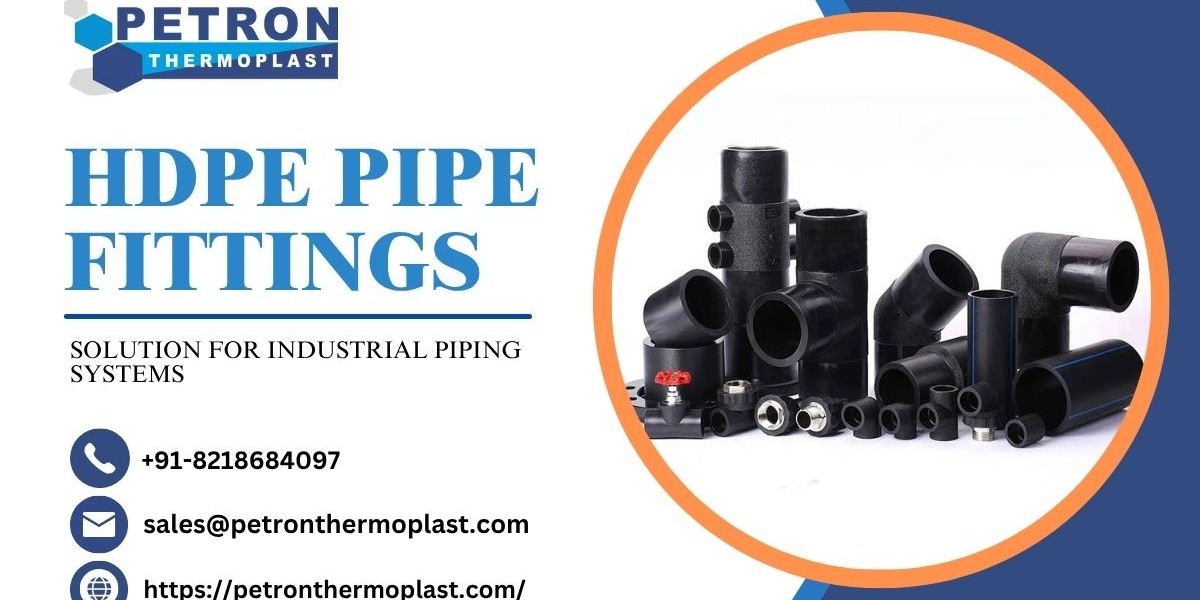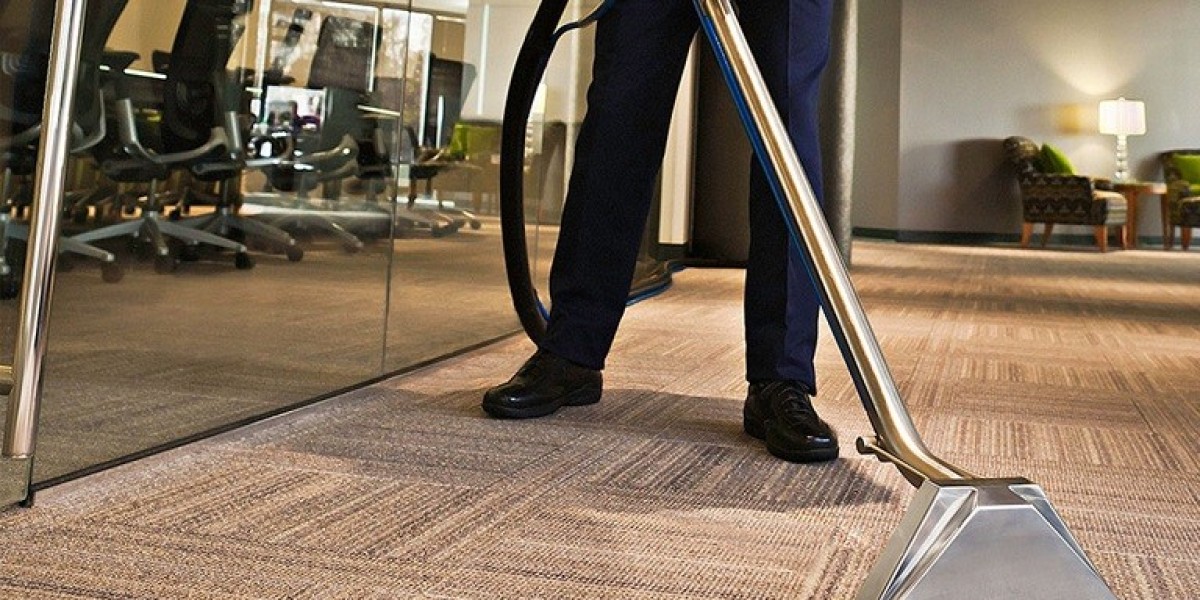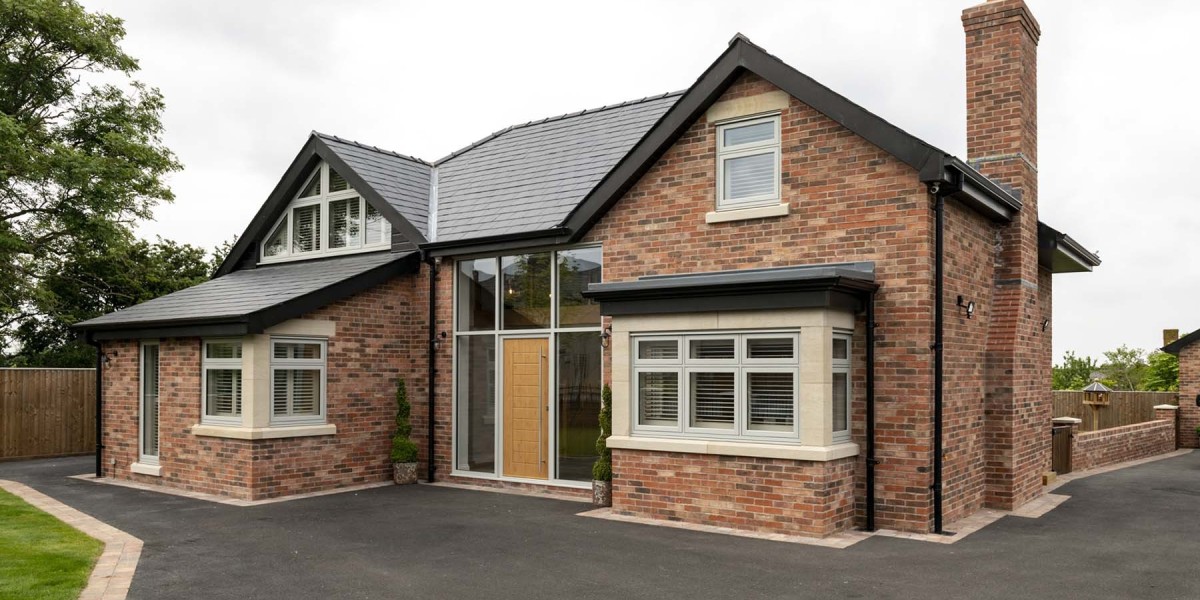In the world of industrial piping, reliability, durability, and performance are paramount. One material that stands out across various industries for its exceptional characteristics is HDPE (High-Density Polyethylene). Over the years, HDPE pipe fittings have become the go-to solution for engineers and system designers looking for robust and cost-effective fluid transportation solutions. This blog explores why HDPE pipe fittings are ideal for industrial piping systems, highlighting their benefits, types, applications, and technical specifications.
What Are HDPE Pipe Fittings?
HDPE pipe fittings are connectors used to join HDPE pipes in various piping systems. These fittings are manufactured using high-density polyethylene – a thermoplastic known for its excellent strength-to-density ratio, corrosion resistance, and flexibility. HDPE fittings ensure a secure, leak-proof connection, maintaining the integrity of the pipeline even under high pressure, temperature fluctuations, and harsh environmental conditions.
These fittings come in different shapes and configurations, such as elbows, tees, reducers, flanges, end caps, and couplers, designed to suit different pipe connection requirements.
Key Benefits of HDPE Pipe Fittings in Industrial Applications
- Corrosion and Chemical Resistance
HDPE fittings are highly resistant to most chemicals, acids, and alkalis, making them suitable for chemical industries and wastewater treatment plants. Unlike metal fittings, they do not rust, scale, or corrode, ensuring a longer service life and lower maintenance costs.
- Leak-Free Jointing
HDPE fittings are often installed using techniques like butt fusion, electrofusion, or compression fitting, which create homogenous, leak-free joints. This ensures zero fluid loss and improved efficiency, especially critical in industries handling valuable or hazardous fluids.
- Flexibility and Fatigue Resistance
The flexible nature of HDPE allows it to absorb shock and vibrations, which is crucial in industrial environments where mechanical stress and ground movement are common. HDPE systems can handle surge pressure and dynamic loads better than rigid piping materials.
- Lightweight and Easy to Install
Compared to traditional materials like metal or concrete, HDPE pipe fittings are lightweight, reducing transportation and handling costs. Their ease of installation shortens project timelines and minimizes labor expenses.
- Longevity and Low Maintenance
HDPE fittings offer a service life of over 50 years under normal operating conditions. Once installed, they require minimal maintenance, making them an economically efficient choice for long-term infrastructure.
Types of HDPE Pipe Fittings for Industrial Systems
HDPE fittings are available in a wide variety of configurations to meet the diverse requirements of industrial applications:
HDPE Elbow
Used to change the direction of flow (commonly at 45° or 90°), elbows help manage pipeline layout without compromising flow characteristics.
HDPE Tee
Used to split or combine flow in pipelines. Available in equal and reducing types for different branch connections.
HDPE Reducer
Helps transition between different pipe diameters. Useful in systems requiring flow regulation or pressure change.
HDPE Flange Adapter & Backing Ring
Used for easy disassembly and reconnection. Ideal in pipelines where periodic inspection or cleaning is needed.
HDPE End Cap
Seals the end of a pipeline. Used during system closure or future expansion plans.
HDPE Compression Fittings
Simple to install and used in lower-pressure systems, especially in agriculture and irrigation networks.
HDPE Electrofusion Fittings
Fitted with embedded electrical heating elements, these fittings provide strong, leak-free connections. Suitable for high-pressure pipelines.
Common Industrial Applications of HDPE Pipe Fittings
HDPE pipe fittings serve a broad range of industries, including:
✔Water and Wastewater Treatment
HDPE fittings are used for transporting potable water, sewage, and treated effluents due to their chemical resistance and ability to withstand microbial growth.
✔Chemical Processing Plants
The chemical inertness of HDPE makes it ideal for transporting acids, caustic solutions, and other aggressive chemicals.
✔Mining and Slurry Handling
In mining operations, HDPE systems handle abrasive slurries, offering high resistance to wear and tear.
✔Oil and Gas Industry
Used in gathering lines, produced water systems, and gas distribution networks due to their toughness and leak-proof performance.
✔Power Plants
HDPE piping networks are used in cooling water systems and demineralized water transportation.
✔Food and Beverage Processing
Non-toxic and hygienic HDPE fittings ensure safe fluid handling in food-grade applications.
Technical Specifications of HDPE Fittings
Property | Specification |
Material | PE100 / PE80 |
Pressure Rating | PN6 to PN20 (based on size and type) |
Temperature Range | -40°C to +60°C |
Jointing Methods | Butt Fusion, Electrofusion, Flange, Compression |
Sizes Available | 20mm to 1000mm (and above) |
Standards Compliance | ISO 4427, DIN 8074/75, ASTM D3035 |
UV Resistance | High (especially with carbon-black added) |
Conclusion
HDPE pipe fittings have revolutionized the way industrial piping systems are designed and operated. Their unmatched durability, resistance to chemicals and pressure, flexibility, and ease of installation make them the first choice for engineers and contractors across a wide range of sectors. If you're looking to upgrade or install a reliable, long-lasting piping system, Petron Thermoplast offers the perfect balance of performance, safety, and economy. Whether you're operating a chemical plant, managing municipal water distribution, or designing a food-grade processing line, HDPE systems deliver exceptional value and peace of mind.







